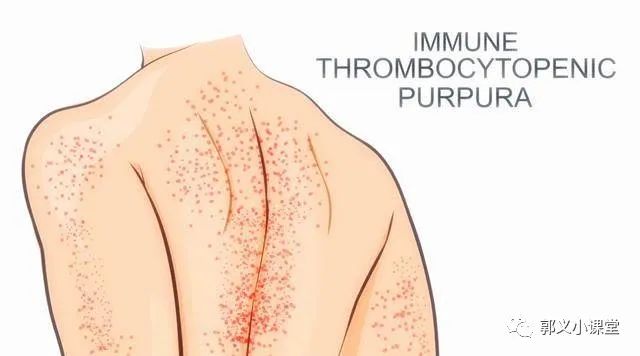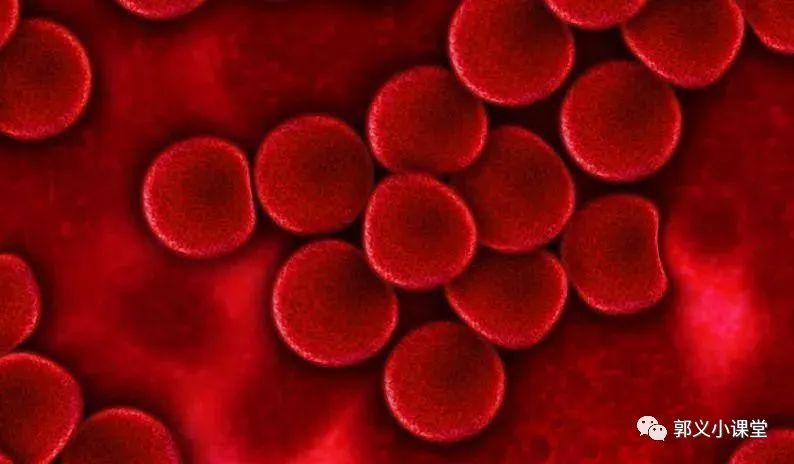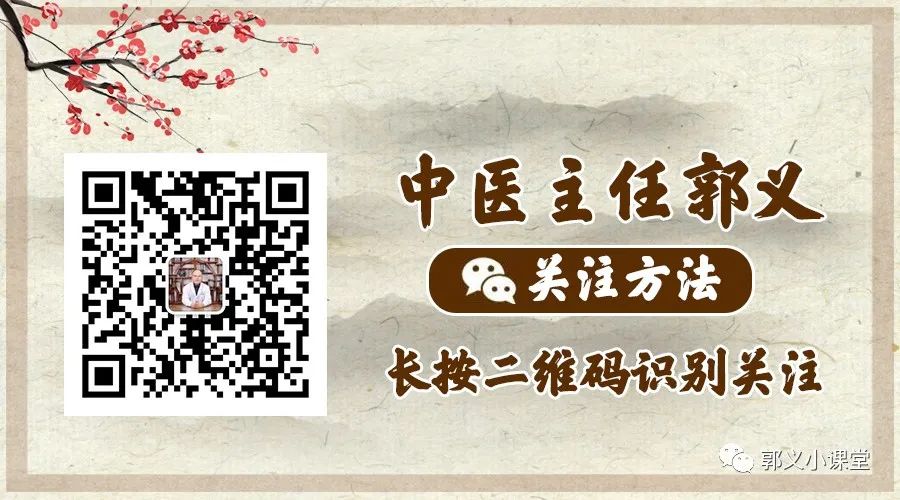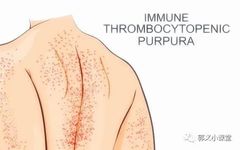There are many patients with blood stasis in clinical practice, and they often exhibit the following symptoms:
1. One of the most common symptoms of blood stasis is pain, which can manifest as stabbing pain, distending pain, or cramping pain. The location and nature of the pain will vary depending on the site and severity of the blood stasis.
2. Patients with blood stasis may present with purple-blue lumps on the skin, which are tender to the touch. If the blood stasis is internal, hard masses may be palpable in the abdomen, and they will be fixed and immovable.
3. Patients with blood stasis may experience bleeding symptoms, such as purpura, petechiae, or ecchymosis on the skin, or internal bleeding such as hematochezia or hematuria.
 4. Blood stasis may lead to changes in skin color, such as a dark complexion, cyanosis of the lips and nails, or subcutaneous purpura.
4. Blood stasis may lead to changes in skin color, such as a dark complexion, cyanosis of the lips and nails, or subcutaneous purpura.
5. The tongue of a patient with blood stasis may appear dark purple or show purple spots, and some patients may have cyanotic streaks along the edges of the tongue.
In TCM, the differentiation and treatment of blood stasis are primarily based on the causes of blood stasis and clinical manifestations, employing methods such as invigorating blood circulation and resolving stasis, as well as regulating qi and invigorating blood. Common patterns include:
1. Qi Stagnation and Blood Stasis: Blood stasis occurs due to qi stagnation leading to poor blood flow. Treatment methods include promoting qi and invigorating blood, with commonly used formulas such as Dan Zhi Xiao Yao San (Dan Zhi Free and Easy Wanderer Powder) and Ge Xia Zhu Yu Tang (Blood Stasis-Removing Decoction Below the Diaphragm).
2. Cold Congealing Blood Stasis: Blood stasis occurs due to cold evil invading and causing blood vessels to constrict, leading to poor blood flow. Treatment methods include dispelling cold and invigorating blood, with commonly used formulas such as Shao Fu Zhu Yu Tang (Blood Stasis-Removing Decoction for the Lower Abdomen) and Wen Jing Tang (Warm the Menses Decoction).
3. Phlegm Congealing Blood Stasis: Blood stasis occurs due to phlegm obstructing the vessels, leading to blood stasis. Treatment methods include resolving phlegm and invigorating blood, with commonly used formulas such as Diao Kuang Meng Suan Tang (Dreaming and Crazy Sour Decoction).
4. Qi Deficiency and Blood Stasis: Blood stasis occurs due to qi deficiency failing to propel the blood, leading to blood stasis. Treatment methods include tonifying qi and invigorating blood, with commonly used formulas such as Bu Yang Huan Wu Tang (Tonify Yang and Restore Five Decoction).
 5. Yin Deficiency and Blood Stasis: Blood stasis occurs due to yin deficiency and internal heat leading to blood stasis. Treatment methods include nourishing yin and invigorating blood, with commonly used formulas such as Liu Wei Di Huang Wan (Six Flavor Rehmannia Pill).
5. Yin Deficiency and Blood Stasis: Blood stasis occurs due to yin deficiency and internal heat leading to blood stasis. Treatment methods include nourishing yin and invigorating blood, with commonly used formulas such as Liu Wei Di Huang Wan (Six Flavor Rehmannia Pill).
The above are some common methods and medicines for the differentiation and treatment of blood stasis in TCM. Specific treatment plans need to be individualized based on the patient’s specific condition. Additionally, patients with severe or prolonged symptoms of blood stasis are advised to seek medical attention promptly and follow medical advice for treatment.
Today, I would like to share these insights. If you have any questions related to cardiovascular diseases, feel free to leave a comment below.


